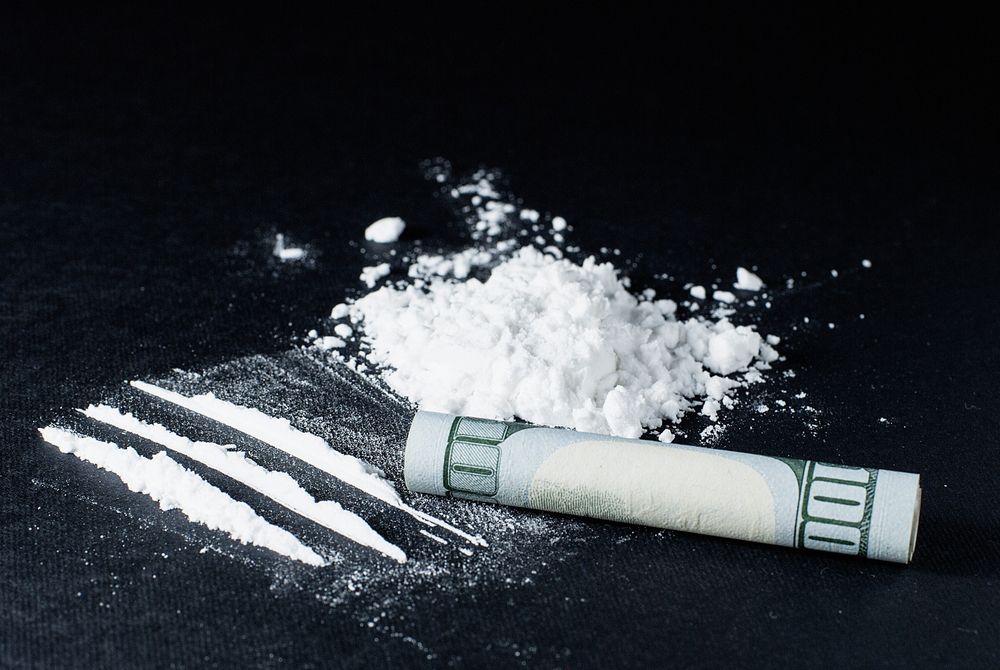How Long Does Cocaine Remain in the System?
Cocaine addiction is a situation that ushers in countless side effects. One fearful impact of this drug is the length of time cocaine can remain in the system. Also known as “Coke,” cocaine is a highly addictive drug from “coca” or prepared synthetically. No matter the amount used, cocaine comes with dependence and lasting health conditions.
In 2019, cocaine users in Canada were under 2%. But, there’s been an increase in the number of users aged between 20 and 24. Also known as “crack,” coke addiction comes easy, while freedom from addiction is hard. However, if you’re going through cocaine addiction, treatment isn’t impossible – but it takes determination.
The length of time cocaine stays in the body is determined by many factors. Some of these factors include; usage frequency, weight amidst others. Likewise, you can detect cocaine through hair, sweat, blood, etc. This article explains the timeline for cocaine in the system and cocaine addiction treatment.
Why is Cocaine so Addictive?
Before we explore how long cocaine can remain in the system, let’s discuss its advantages. Yes, as addictive and dangerous as coke is, it has some fair usage. You may be surprised, but doctors use cocaine as local anesthesia for some medical surgeries. You may now ask, “why is the drug now so addictive”?
Coke stimulates some pleasure locations in the brain and brings extreme joy to the user. The drug increases the level of dopamine in the brain circuit. When excessively used, the brain adapts to a high level of dopamine. Therefore, users now depend on the drug to continually provide that level of happiness.
This dependence on cocaine for that level of pleasure brings about addiction. That explains why cocaine is the most addictive drug in the world, next to methamphetamine. Now, let’s analyze how long particles of cocaine remain in the system.
What is the Length of Time Cocaine Stays in the Body?
Cocaine may be addictive, but the period of supposed euphoria doesn’t last long. Users stop feeling the effect of cocaine ingested under an hour. However, the body system breaks down this drug into a metabolite such as benzoylecgonine and ecgonine. This metabolite remains in the body for a couple of days, and in some cases, weeks.
Mostly, when health workers conduct a test for cocaine, they look for benzoylecgonine. That is because, even if you took cocaine once, there’d still be traces of the metabolite. The timeline of how long metabolites from cocaine remain in the system vary differently. The principal places these metabolites are detected are:
Urine
When the liver turns cocaine into metabolites, one place they stay is in the urine. As a result, a urine test is the most common way of detecting cocaine. For an inconsistent user, benzoylecgonine will remain for only moments after the high. But, for an addict, metabolites stay for more than two weeks.
Blood
Asides urine, the next detectable spot for traces of cocaine is in the blood. However, it’s not as effective as metabolites disappear before 48 hours for the average user. Many times, benzoylecgonine stays for about 24 hours.
Comparatively, chronic users have traces of metabolites up to a month. Alcohol consumption is also a determinant in the timeline for cocaine in the system. That is because it affects the length of time metabolites use in the blood.
Saliva
Cocaine metabolites can stay in the saliva. However, this is most prevalent when people take coke orally. Among irregular users, metabolites last up to 48 hours. The quantity of cocaine an addict takes and the frequency of usage increases this timeline.
Sweat
There have been reports of traces of metabolites in users’ sweat particles. Amidst acute users, traces of the metabolites remain for several weeks. Sweat is one of the places where traces of cocaine remain in the system.
Hair
Surprisingly, cocaine that comes in through the nose, mouth, and blood stays in the hair. In fact, this hair test can detect cocaine for years after abstinence.
For a rare user, hair fossils tests can detect metabolites for up to 3 months. Likewise, for chronic users, it detects metabolites even up to a year after the last use. However, this hair test isn’t globally accepted as the hair can contact coke anywhere. Therefore, that test can sometimes be misleading.
Mostly, the urine test is the most preferred and common test for detection. That is because of its accuracy and effectiveness. Now, let’s discuss the factors that affect how long before cocaine leaves the body.
Related article: How to Stay Sober after Cocaine Addiction Treatment
Why Does Cocaine Stay Long in the Body?
The highness of cocaine might last minutes, but its particles remain for longer. The best way to reduce the time they spend in your body is through cocaine addiction treatment. Many factors contribute to the timeline of cocaine in the body. Some of them are:
Frequent and heavy usage
The body system is naturally known to adapt to changes. Cocaine is a stimulating drug known to build up inside the body. Once used in high quantities, the body system gets used to the hard drug. In turn, it takes a longer time to digest cocaine.
For instance, cocaine traces in urine last for days of a moderate user but months in an addict. That means it takes a longer time for a frequent user to get rid of metabolites after abstinence.
Style of ingestion
The timeline for cocaine in the system is heavily dependent on the method of injection. Mostly, people take cocaine in four ways:
- Snorting: This is the most practiced usage among consumers. Users sniff coke in through the nose. The effect comes under five minutes and lasts for about 15 minutes.
- Oral: For this usage, the mouth is the channel to the body. The drug goes in through the mouth. You will start to feel the effect of the drug in about thirty minutes.
- Smoking: Users feel the effect of this method almost immediately. But the effect lasts for less than 30 minutes.
- Injection: Some users are known to inject themselves with coke. With this method, the drug goes directly to your blood cells. Users feel the effect immediately.
The body conditions and metabolism rate.
A person’s body system, drug history, and underlying ailments are factors that affect metabolites. Like mentioned earlier, the body system naturally adapts to constant changes. So, when the body uses drugs for frequent illnesses, it affects the body’s reaction to medications.
Likewise, the metabolism rate for body systems differ. As a result, digesting metabolites from cocaine will take different times. Bodyweight also affects the time particles of cocaine remain in the system. That’s because fatty acids sometimes store metabolites.
Alcohol and drug intake
Cocaine, on its own, is addictive and dangerous. Adding other substances that have adverse effects will only worsen the situation. Additionally, taking other drugs and high-caffeine substances alongside cocaine is harmful.
How can You Stop Taking Cocaine?
Now that we know how long cocaine can remain in the system, let’s discuss addiction treatment. On your way to sobriety, you’ll need to do the following:
- Join a psychological support group
- Visit a psychologist or a therapist
- Set practical barriers.
- Be determined
- Register at a cocaine addiction treatment centre near you.
Conclusion
Knowing the amount of time cocaine particles remain in the system, it is easy to see the importance of addiction treatment. There may be fears when starting, but determination keeps you going. The best way to enhance your recovery process is to partner with reliable cocaine addiction treatment services.
Here at
Call Inspire Change Addiction Rehab in Vancouver for addiction treatment programs, we are committed to walking through this phase with you. Our professionals understand your situation and know the best solutions. More importantly, we design custom addiction treatment plans. Contact us today.






